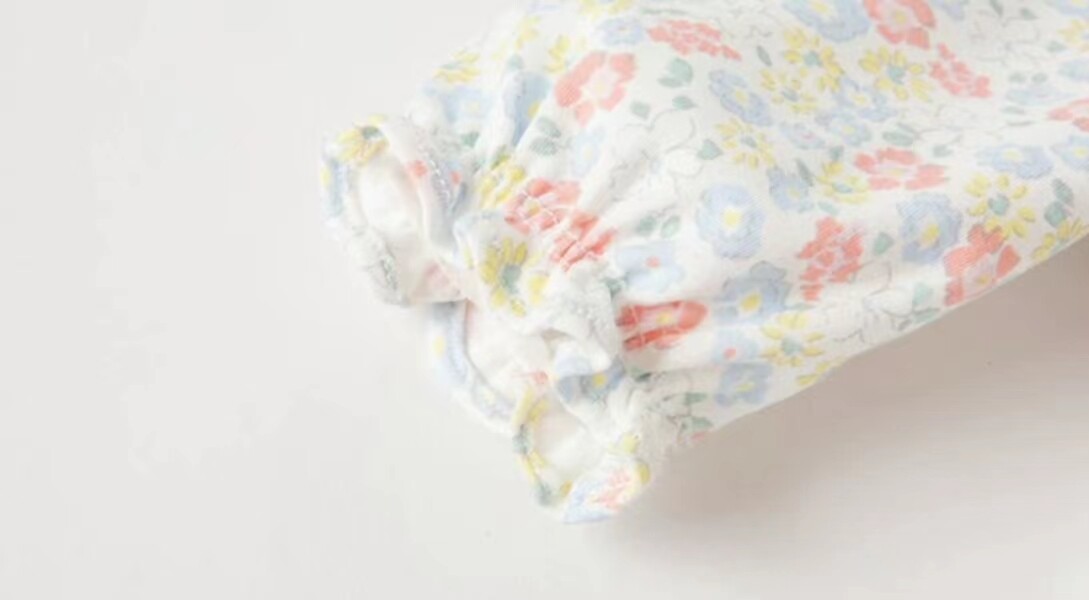

As a parent, ensuring the safety and health of your baby is a top priority. This includes choosing the right bedding for your little one’s crib or bassinet. In this blog post, we will explore safety guidelines to follow when using baby bedding, potential health risks associated with certain types of baby bedding, and specific certifications or labels to look for when buying baby bedding.
Safety Guidelines for Baby Bedding
The American Academy of Pediatrics (AAP) recommends the following safety guidelines for baby bedding:
Use a firm and flat sleep surface, such as a crib or bassinet, with a tight-fitting sheet.
Avoid using soft bedding, such as blankets, pillows, and bumper pads, as they can increase the risk of suffocation, entrapment, and Sudden Infant Death Syndrome (SIDS).
Keep all loose bedding, toys, and other soft objects out of the baby’s sleeping area.
Use a sleep sack or wearable blanket instead of loose blankets to keep the baby warm and safe.
Make sure the baby’s head and face remain uncovered during sleep.
Potential Health Risks Associated with Certain Types of Baby Bedding
Certain types of baby bedding can pose potential health risks to your little one. For example:
Synthetic materials, such as polyester and nylon, can cause skin irritation and allergic reactions in some babies.
Flame-retardant chemicals, which are often used in crib mattresses and bedding, can emit harmful fumes and may be linked to developmental and reproductive problems.
Down and feather bedding can trigger allergies and asthma in some babies.
Bedding made from non-organic cotton may contain harmful chemicals and pesticides that can be absorbed through the skin.
Certifications and Labels to Look for When Buying Baby Bedding
When buying baby bedding, look for the following certifications and labels to ensure that the bedding is safe and healthy for your little one:
Global Organic Textile Standard (GOTS) certification: This certification ensures that the bedding is made from organic materials and meets strict environmental and social criteria.
Oeko-Tex Standard 100 certification: This certification ensures that the bedding is free from harmful substances and chemicals.
Green Guard Gold Certification: This certification ensures that the bedding meets strict standards for low chemical emissions and is safe for indoor use.
In conclusion, choosing safe and healthy bedding for your baby is essential for their well-being. Follow the safety guidelines recommended by the AAP, avoid potential health risks associated with certain types of bedding, and look for certifications and labels that ensure the bedding is safe and healthy for your little one. By taking these steps, you can provide your baby with a safe and comfortable sleep environment.
It's important to note that while some bedding materials may be considered safe and healthy for babies, they may not be ideal for all babies. It's always a good idea to consult with your pediatrician or a certified sleep consultant to determine the best bedding options for your little one. Additionally, it's important to regularly check your baby bedding for signs of wear and tear and replace it as needed to ensure continued safety and comfort.
Email format error
Email cannot be empty
Email already exists
6-20 characters(letters plus numbers only)
The password is inconsistent
Email format error
Email cannot be empty
Email does not exist
6-20 characters(letters plus numbers only)
The password is inconsistent